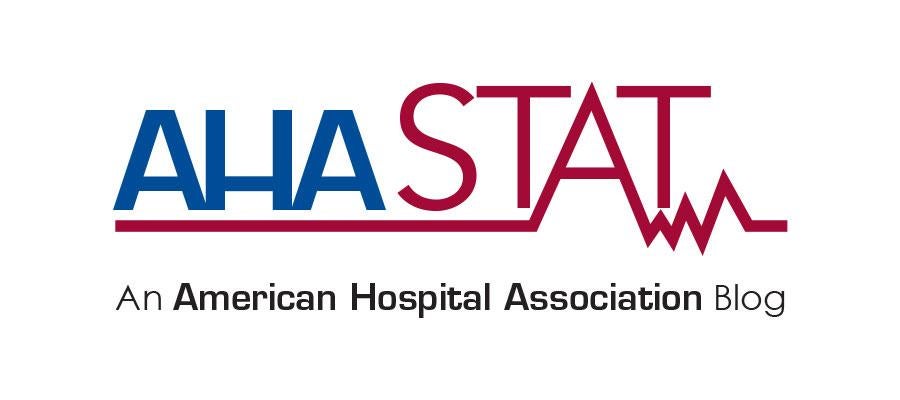Hospital Financial Health: A Rocky Recovery

Emerging research has confirmed what hospitals and health systems have been saying again and again and again – that 2022 was among the most financially challenging year the hospital field has experienced, and that recovery remains challenging.
- Fitch, Moody’s and S&P recently released reports describe how nearly every metric of hospital and health system financial health declined in 2022. Operating margins and earnings deteriorated significantly, days cash on hand (a measure of financial resilience) declined, and as a result, most agencies are reporting significantly more credit rating downgrades than upgrades.
- Research from the Urban Institute examined the financial vulnerability of hospitals and health systems throughout the pandemic. The study found that operating margins plummeted to -40% in April of 2020, and it underscores how important federal support was for hospitals to remain financially viable during the pandemic.
- Kaufman Hall’s August National Hospital Flash report suggests that financial recovery may have slowed or reversed. Hospital volume lagged in July, which resulted in a slight decrease in financial performance month-over-month. The report also finds that some measures of uncompensated care have increased, which is likely linked to the millions who have been disenrolled from Medicaid as states resume eligibility redeterminations.
These studies all tell a different story than the false narrative from hospital critics who concentrate myopically on single point-in-time operating margins. These critics often cherry-pick a select few health systems to make sweeping generalizations about the financial conditions of all hospitals and health systems. As we look back on the last three years, it is clear that 2021 was the eye of the hurricane – a brief period of stability bookended by extreme volatility. Hospital critics frequently focus exclusively on a fleeting period of stability, ignoring other available data that show the real costs of cascading waves of illnesses, inflationary pressures, and skyrocketing expenses for drugs, labor, supplies and equipment.
America’s hospitals and health systems are working hard every day to improve patient care. They innovate with clinical care teams to improve care delivery and outcomes. They are undertaking this work amidst historic financial challenges, working hard to create efficiencies that can reduce costs and make care more affordable. The above analyses provide a more comprehensive picture of recent financial challenges. They should be a reminder that hospitals and health systems are still recovering, and will need to be financially strong and healthy in order to keep their patients and communities healthy.
Ben Finder is AHA’s director of policy research and analysis.

